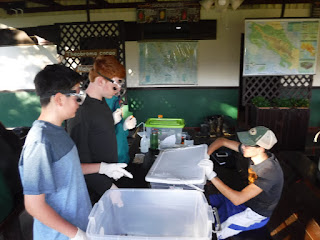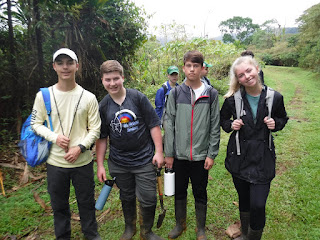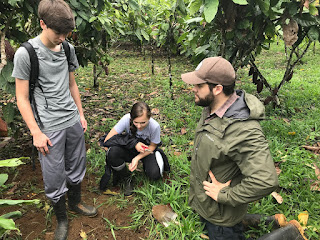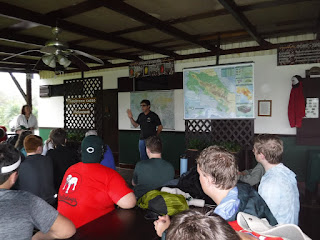Day 6 – Hot springs and Waterfall - Kaleb and Elijah
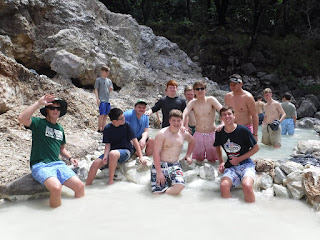
Mr. Hammer jumping in the waterfall. Hello, our names are Kaleb and Elijah. Today we went on a trail near volcanic grounds. After the treacherous walk, we made it to the hot springs. They were pretty relaxing besides the semi-intense sulfur smell. After that we headed to a little pool in front of a waterfall. About half of us swam because the rest were too tired. After we got back to the house near the beginning of the trail, we had lunch that consisted of wrapped hot ham and cheese, chips, and little Costa Rican cookies. We got back on the bus for another hour and thirty-minute drive back to Finca La Anita. Once we got back C.O.N.G. did tests with different leaves and how the ants responded, after all that we had dinner and are continuing our experiments. Kaleb Having Fun in Hot Springs Smells like sulfur. Today, we woke up early to head to Ricon volcano, the hike was 3 kilometers to the hot springs. During the hike we saw a mountain crab (those exist?) an
